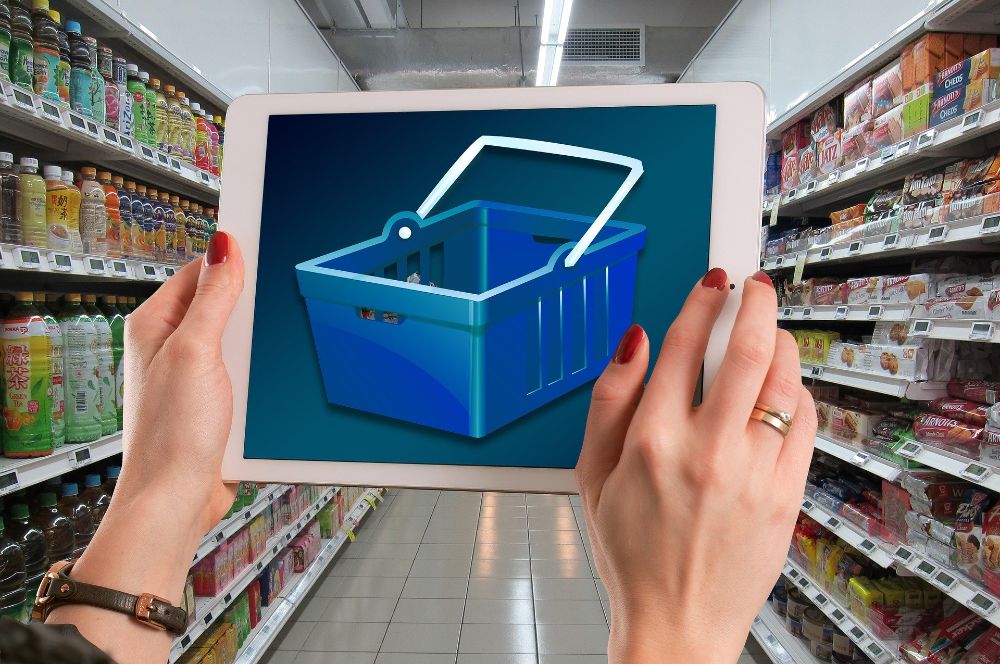
Big-name stores are closing while e-commerce thrives online. Are you prepared for the changing face of retail?
Online retail provides consumers with a convenient and contemporary solution to their purchasing needs. It makes physical-only retail feel like something from a bygone era. This is not surprising. Brick-and-mortar stores were created to attract shoppers in the 20th century, while modern e-commerce is designed to address the needs of the 21st century consumer.
In other words, physical-only retail is unfit for purpose in the 21st century. The contest between bricks and clicks, therefore, is less of a battle and more like evolution. And, when it comes to the survival of the fittest, there can only be one winner.
Online retailers can present customers with unlimited product choice and product information along with rapid search and checkout by setting up a good e-commerce strategy.
It is no surprise, therefore, that, according to market research company Euromonitor, e-commerce is projected to become the largest retail channel in the world by 2021.
The relentless advance of technology will only accelerate this expansion. Developments such as artificial intelligence are making the e-commerce process more customer-centric, with personalized recommendations and virtual assistance already commonplace.
Does Physical Retail Still Have a Role to Play?
Despite many traditional stores finding themselves in dire straits, their demise may not be inevitable.
Ironically, it is e-commerce that is helping many small businesses survive by providing them with access to a global market. In addition, there is one area in which brick-and-mortar stores still have a competitive edge. They provide a personal point of contact where people can physically see and touch products.
This might not be enough to woo customers back offline. It does, however, provide a marketing opportunity that is of great value to all retailers, both physical and digital.
Studies indicate that an e-commerce retailer who opens a physical store will see online traffic from local residents increase by around 50 percent within weeks of opening.
A digital retailer can use the presence of a physical store to build their brand in the ‘real world’, nurturing customers’ experience of both products and the retailer itself.
Establishing a brand across multiple channels in this way means there is no longer a need for physical stores to be profitable. Instead, their focus is to act as a brand touchpoint for their target audience and provide the kind of hands-on, human interaction that simply cannot exist online (yet).
Seize the E-commerce Opportunity
Although the distinction between digital and physical retailers is sometimes fuzzy, the majority of growth is happening online.
The apparent unbridled success of some online retailers, such as Amazon, can hide how fiercely competitive the digital marketplace is. E-commerce rivals must continually innovate to hold onto their market share. New entrants unable to keep up with the digital frenzy often sink without a trace.
In a marketplace where shoppers can switch stores with the tap of a finger, it is essential for retailers to be attuned to customer needs.
For example, consumers increasingly expect brands they buy from to support their own environmental values. Gone are the days of simply aligning with a good cause—nowadays, many shoppers expect retailers and their products to be green every step of the way, from manufacturing to packaging disposal.
E-commerce Makes Everywhere Local
Once established online with a sustainable business model, there is no limit to what an e-commerce retailer can achieve. That’s the case both in terms of product range and global reach.
E-commerce technology enables a business of any size to reach customers beyond their own border in a way that would be complex and costly for traditional commerce. An effective e-commerce site can service the world’s online population (2 billion, give or take a million)—without any physical presence whatsoever.
Selling products to an international audience involves more than simply making the goods available for purchase. It is necessary to localize the entire customer experience, from browsing to buying, so that consumers in any part of the world can access and make full use of an e-commerce website in their preferred language.
Lea Backhurst, Nordics Managing Director of Summa Linguæ Technologies, describes the unique requirements of e-commerce:
Translation for e-commerce is not the same as translation for a document or email. As well as product descriptions that help customers select the products they desire, e-commerce sites include meta tags that ensure shoppers can find the site in the first place and marketing messaging that encourages them to stay.
Prior to e-commerce taking off in the 1990s, international retail was the preserve of companies that had built the considerable resources necessary to maintain their global reach, often over many years. E-commerce has turned this traditional understanding of business on its head to the point where a small online start-up can reach a global audience on its first day of trading. This, coupled with a physical, brick-and-mortar presence, can provide the ultimate mix of international success with a local connection.
No matter how retail has changed, however, the basic principles remain unchanged. Whether you’re operating in a brick-built store or a virtual global marketplace, success depends on building a personalized, localized relationship with customers, so they will want to return again and again.
Explore Summa Linguae Technologies’ e-commerce localization services to learn more.


